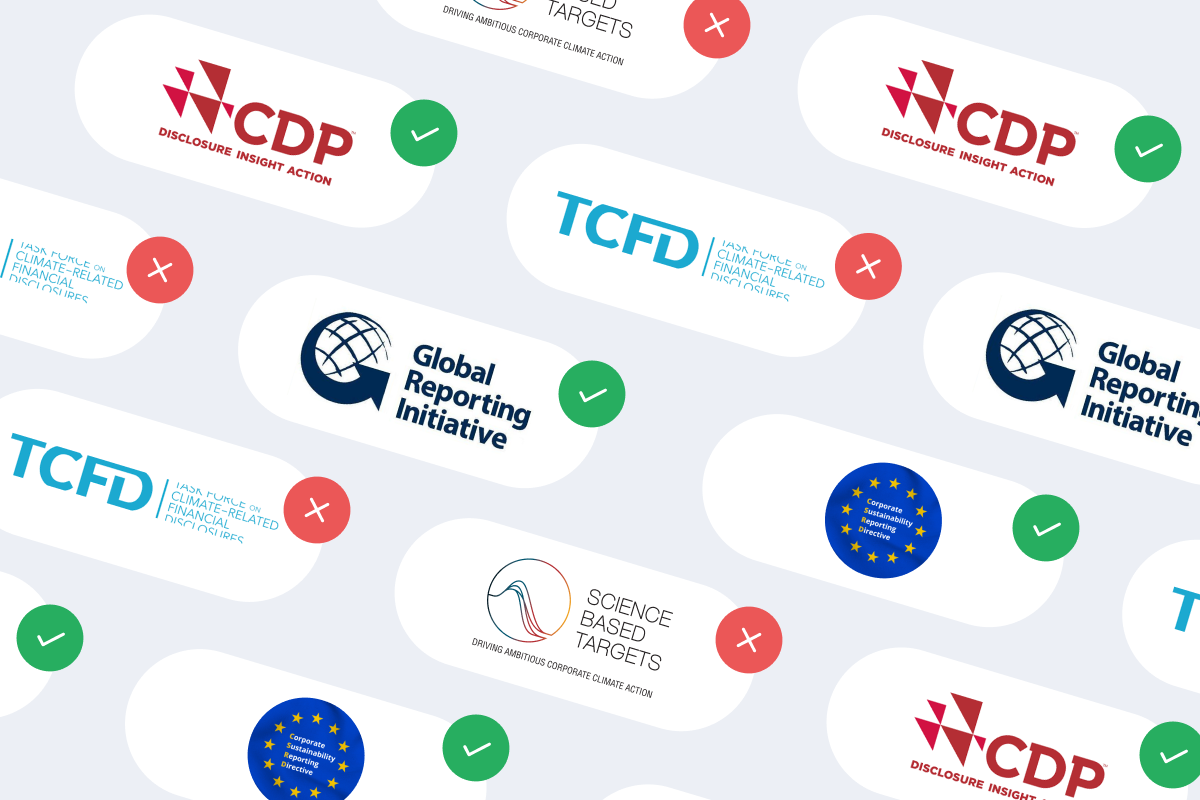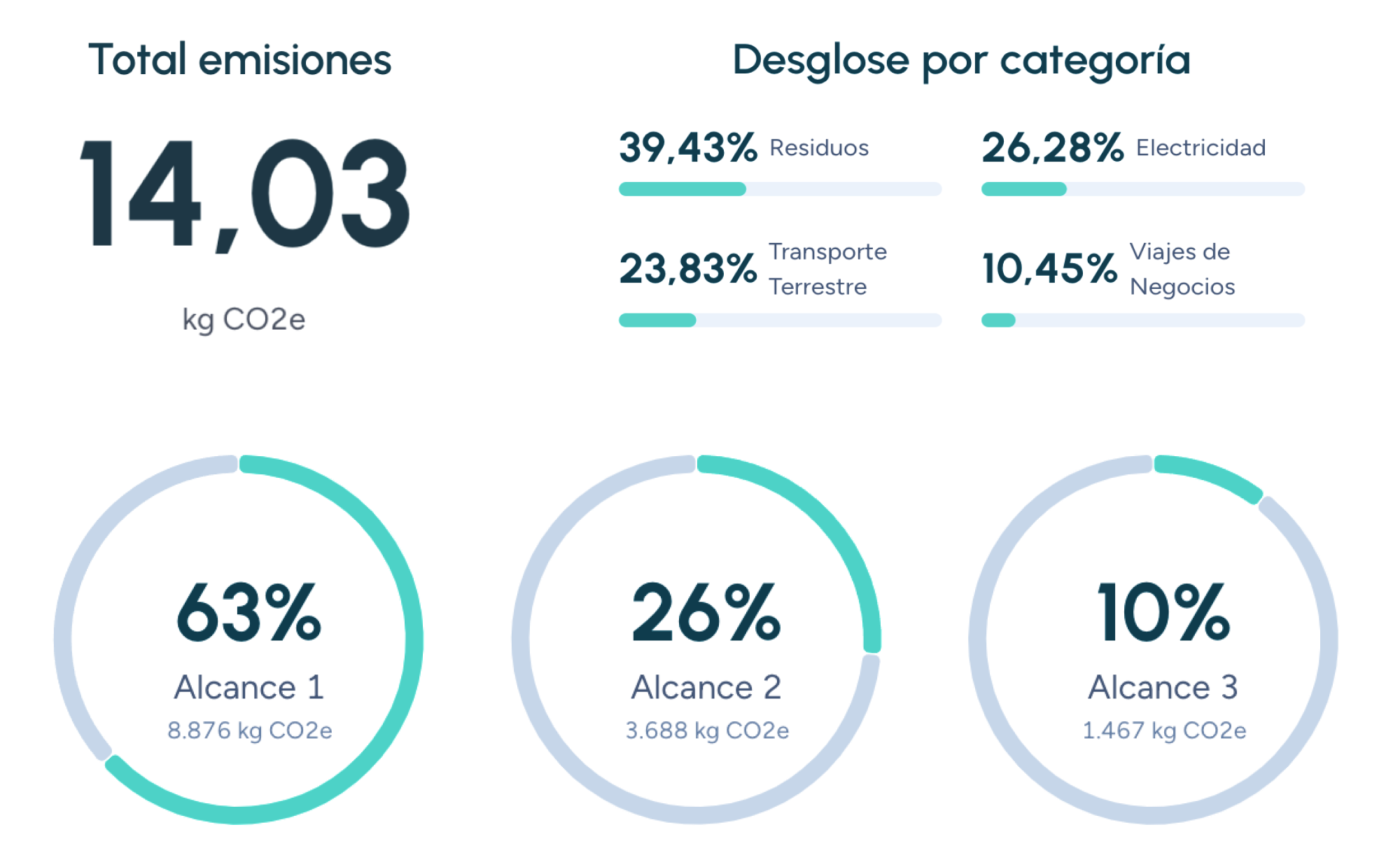C
Climate neutrality
Climate neutrality is achieved when the amount of GHG emissions released into the atmosphere is equal to the amount removed through various mechanisms, such as natural absorption by forests or carbon capture and storage technologies. In other words, it means reaching a net-zero balance between GHG emissions and removals.
Why is climate neutrality important?
Achieving climate neutrality is crucial to mitigating the effects of climate change. The increasing concentration of GHGs in the atmosphere—primarily due to human activity—is driving unprecedented global warming. This warming has devastating consequences, including:
- Rising sea levels
- More frequent and intense extreme weather events
- Loss of biodiversity
Reaching climate neutrality is essential to:
- Limit global warming to 1.5°C, as established in the Paris Agreement.
- Reduce climate risks and impacts.
- Protect ecosystems and biodiversity.
- Promote sustainable and resilient development.
How is climate neutrality measured?
To determine whether climate neutrality has been achieved, both GHG emissions and removals must be measured and quantified. This process follows internationally recognized methodologies, such as the Greenhouse Gas (GHG) Protocol.
Greenhouse Gas Protocol (GHG Protocol)
The GHG Protocol is a widely used international standard for GHG accounting and reporting. It categorizes emissions into three scopes:
- Scope 1 emissions: Direct emissions from owned or controlled sources (e.g., fuel combustion in company facilities).
- Scope 2 emissions: Indirect emissions from purchased electricity, heat, or steam.
- Scope 3 emissions: Other indirect emissions throughout the company’s value chain (e.g., raw material transportation).
Achieving climate neutrality requires addressing emissions across all three scopes.
Strategies to achieve climate neutrality
Reducing emissions
- Improving energy efficiency in buildings, industries, and transportation.
- Transitioning to renewable energy sources (solar, wind, etc.).
- Implementing circular economy practices to minimize resource consumption.
- Promoting sustainable mobility (public transport, electric vehicles, etc.).
Carbon removal
- Conserving and restoring forests and natural ecosystems.
- Implementing carbon capture and storage (CCS) technologies.
Carbon offsetting
In cases where emissions cannot be fully eliminated, companies can invest in carbon offset projects that reduce or remove GHG emissions elsewhere. These may include:
- Renewable energy projects
- Reforestation initiatives
However, carbon offsetting should be considered a last resort, after all possible emission reduction efforts have been exhausted.
A path to a sustainable future
Climate neutrality is not just an environmental goal—it is an opportunity to build a more sustainable and resilient future. By reducing our carbon footprint, we help mitigate climate change and create a more equitable world for current and future generations.
Companies that trust us

Climate resilience
Explore climate resilience, its importance in adapting to the effects of climate change, and how businesses can implement it for a sustainable and competitive future.
Decarbonization
Discover what decarbonization means and how this shift toward a sustainable future can help combat climate change. Learn about key strategies and measurement tools.
CBAM: EU Carbon Border Adjustment Mechanism
Analyse how the EU taxes imports according to their carbon footprint, the sectors affected, and the steps companies must take to prepare for 2026.
Guiding businesses towards net-zero emissions through AI-driven solutions.
© 2025 Manglai. All rights reserved
Política de Privacidad


